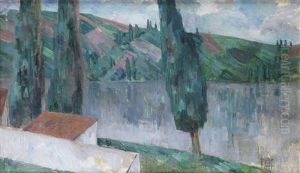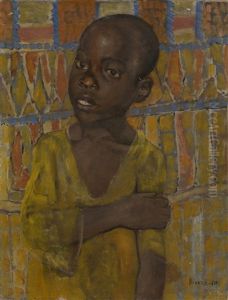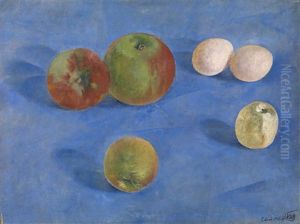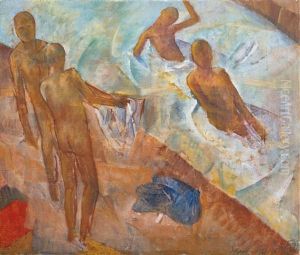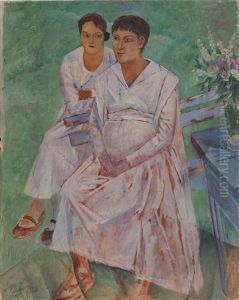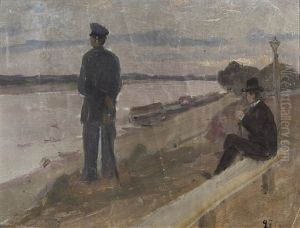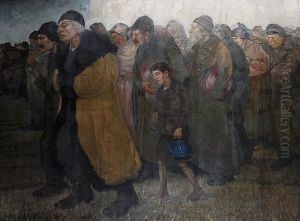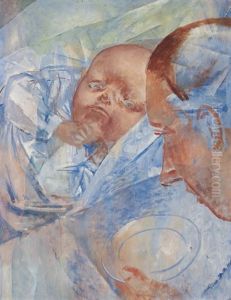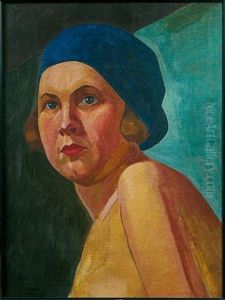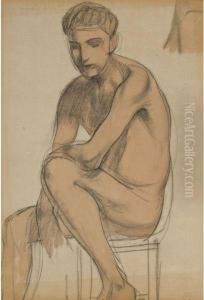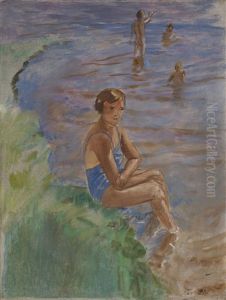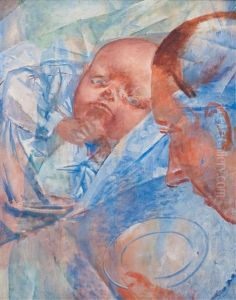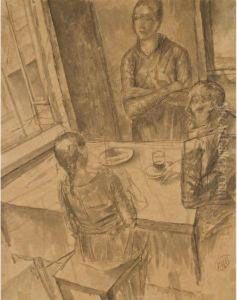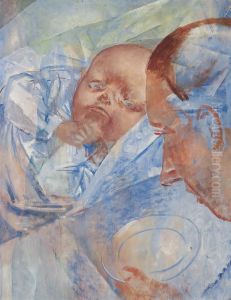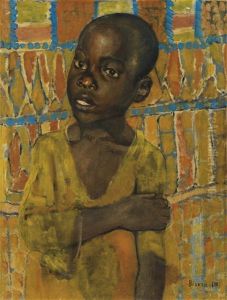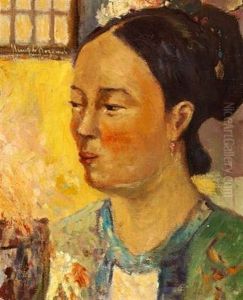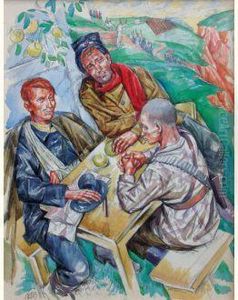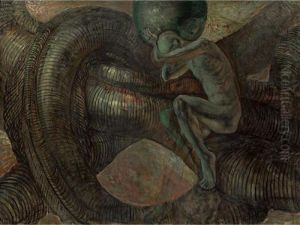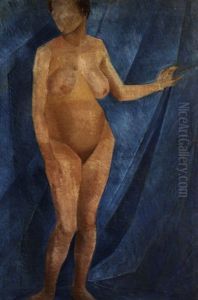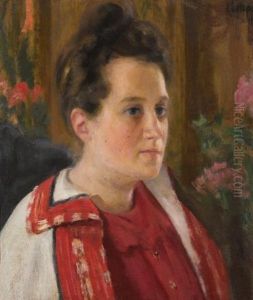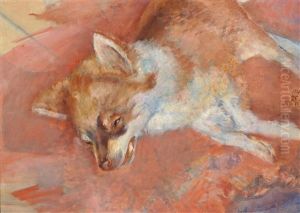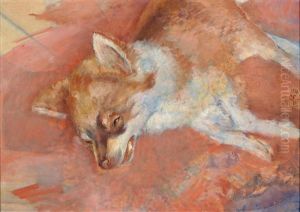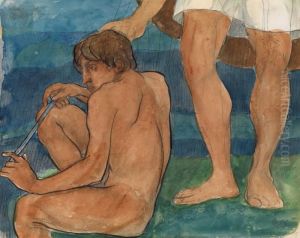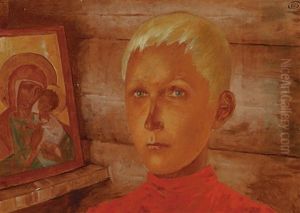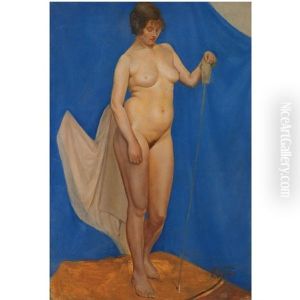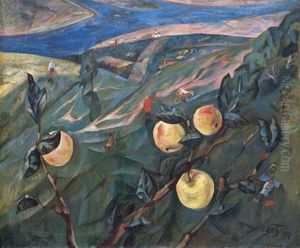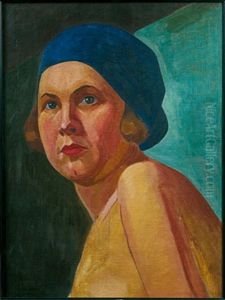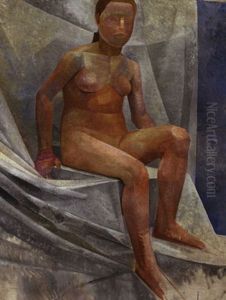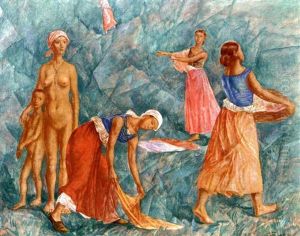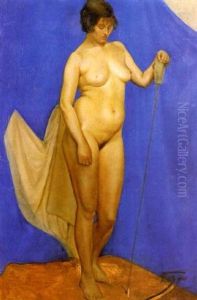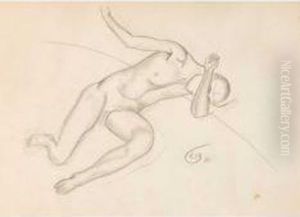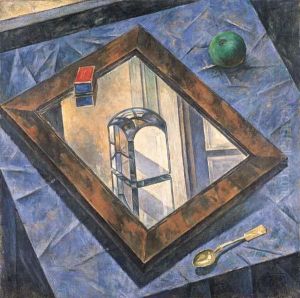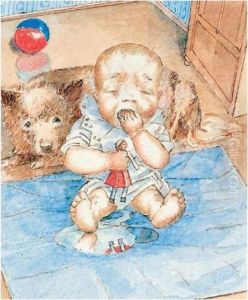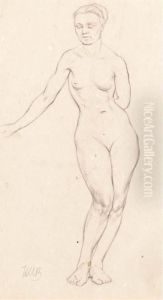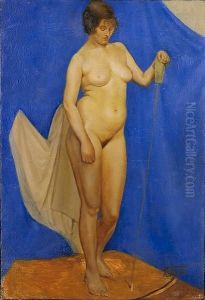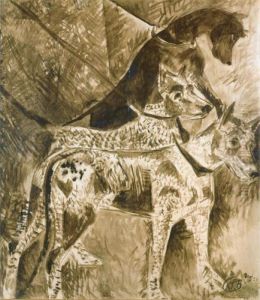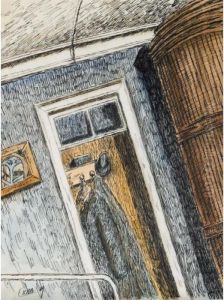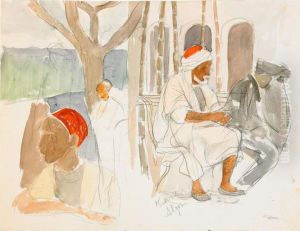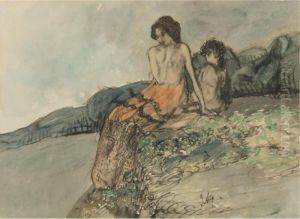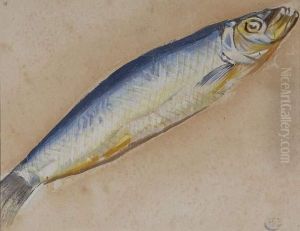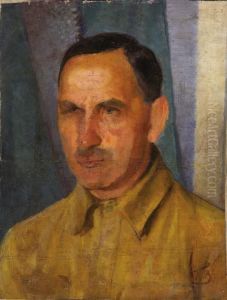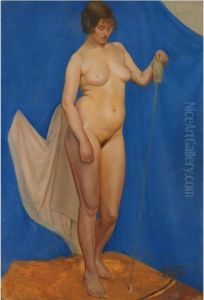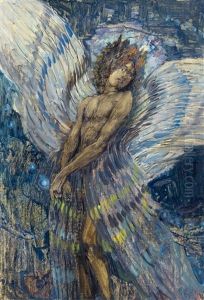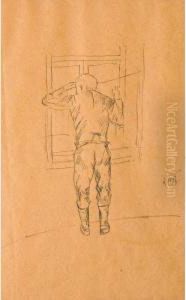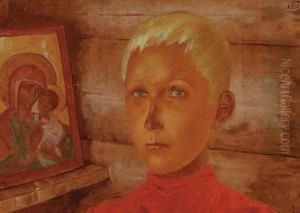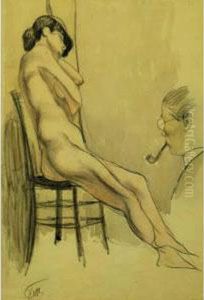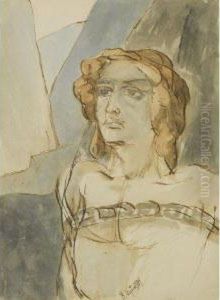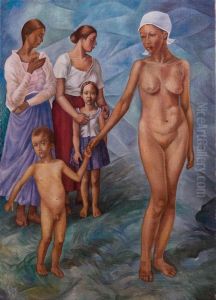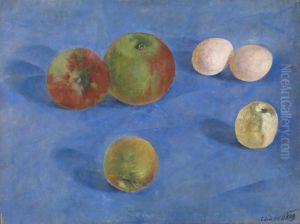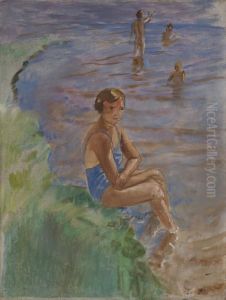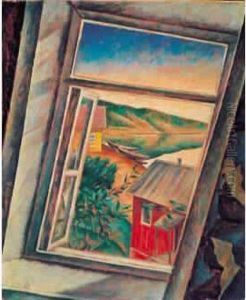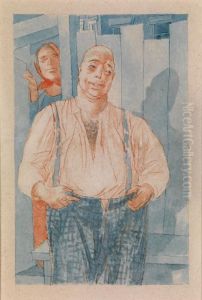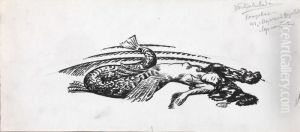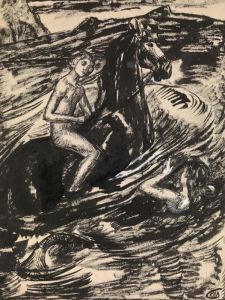Kuzma Sergievitch Petrov-Vodkin Paintings
Kuzma Sergievitch Petrov-Vodkin was a notable Russian painter and writer, born on November 24, 1878, in Khvalynsk, Saratov Governorate, Russian Empire. His approach to art was influenced by a variety of movements, including Symbolism and Russian iconography, and he developed a distinctive style that defied the conventions of his time.
Petrov-Vodkin was raised in a modest family, with his father being a local shoemaker. Despite the financial struggles, he displayed artistic talent from an early age. He began his formal education at the Samara School of Arts and Crafts and later moved to St. Petersburg to study at the Baron Stieglitz Central Drawing School under the tutelage of Yan Tsionglinsky. Afterward, he entered the Imperial Academy of Arts, where he was influenced by the peredvizhniki (itinerant) movement.
In 1901, Petrov-Vodkin traveled to Munich to further his studies. There, he was exposed to the works of the Old Masters and contemporary European art, which had a lasting impact on his artistic development. After returning to Russia, he became involved in the artistic life of St. Petersburg and participated in several exhibitions, including those of the Mir Iskusstva (World of Art) group.
His work often reflected his philosophical and mystical views, intertwined with the social and political realities of the time. During the 1910s, he developed a 'spherical perspective,' which became a defining feature of his painting style. This technique allowed him to create a sense of three-dimensionality and continuity in his artworks, breaking away from traditional perspective rules.
Petrov-Vodkin's most celebrated works include 'Bathing of a Red Horse' (1912), 'Fantasy' (1925), and 'Alarm' (1934). His paintings are known for their bold color palette, emotional depth, and the harmonious blending of reality and symbolism.
Despite facing criticism from Soviet authorities for his aesthetic approach, which was at times seen as contrary to the principles of Socialist Realism, Petrov-Vodkin continued to work and teach. He also wrote theoretical works on art and taught at the Academy of Arts, influencing a new generation of Soviet artists.
Kuzma Petrov-Vodkin passed away on February 15, 1939, in Leningrad (now St. Petersburg), leaving behind a legacy of innovation in Russian art that continues to be admired and studied. His works are preserved in major Russian museums, including the State Russian Museum and the Tretyakov Gallery.
